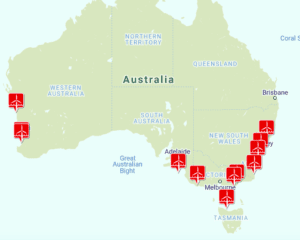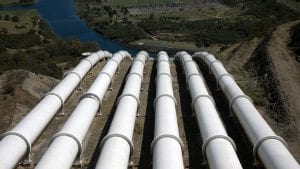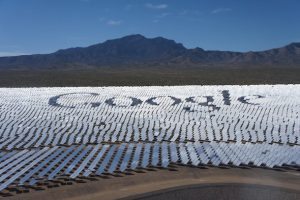China – already the world’s second largest electricity market, largest carbon dioxide emitter, and consumer of half the world’s coal – is on course to more than double its power market in size by 2030. But with increased awareness of environmental pollution, a potential price on carbon emissions and increasingly competitive renewable energy alternatives, how will it meet the challenge?
As part of its latest report, The Future of China’s Power Sector: From centralised and coal powered to distributed and renewable?, Bloomberg New Energy Finance attempts to answer this question by modelling the outlook according to four different scenarios – Traditional Territory, New Normal (BNEF’s base case), Barrier Busting, and Barrier Busting plus carbon price. The result, below, is today’s graph of the day.
 As the report notes, and the chart illustrates, it is hard to underestimate the significance of China’s power sector ‘revolution’ and the challenges and opportunities it will create for stakeholders. “These trends will have major implications for anything from coal and LNG prices to gas turbine, wind turbine and solar module demand,” BNEF says. “From a business perspective, the key question is how to develop strategies that allow companies to capitalise on the changing landscape of China’s power sector.”
As the report notes, and the chart illustrates, it is hard to underestimate the significance of China’s power sector ‘revolution’ and the challenges and opportunities it will create for stakeholders. “These trends will have major implications for anything from coal and LNG prices to gas turbine, wind turbine and solar module demand,” BNEF says. “From a business perspective, the key question is how to develop strategies that allow companies to capitalise on the changing landscape of China’s power sector.”
Michael Liebreich, chief executive of Bloomberg New Energy Finance, said the impacts would reach far beyond China, with major implications for the rest of the world, “ranging from coal and gas prices to the cost and market size for renewable energy technologies – not to mention the health of the planet’s environment.”









